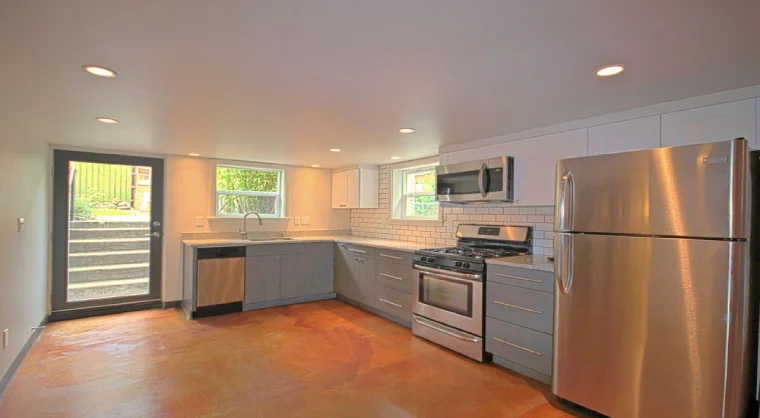For many people, the high cost of living in the city is a barrier to homeownership. But it doesn’t have to be that way! With a little creativity and effort, finding affordable housing in the city that also meets your needs is possible. There are several ways to make this work in the city.
Incentives for Developers
One way is to incentivize developers to build more affordable housing units. Incentives can come from tax breaks, zoning changes, or other financial assistance. The idea is that by providing these incentives, developers will be more likely to build affordable units for low- and moderate-income households.
One example of an incentive program is the Low-Income Housing Tax Credit (LIHTC), a federal tax credit that helps developers finance the construction or rehabilitation of budget housing units. The LIHTC program has been around since 1986 and has helped finance the construction or rehabilitation of over three million low-cost housing units nationwide.
Since the mid-1990s, the Low Income Housing Tax Credit program has been integral in financing the construction or rehabilitation of approximately 110,000 affordable rental units annually (despite a marked decrease following the Great Recession of 2008–09). Over two million units have benefited from this program since its conception.
The LIHTC program is just one example of an incentive program that can help make economic housing work in the city. Several other federal, state, and local incentive programs can also help make low-cost housing more widely available.
Density Bonuses
Density bonuses typically take the form of additional height or floor area being allowed on a site in exchange for a certain percentage of units being set aside. For example, a city has a policy requiring 20% of units in any new development to be designated affordable housing. However, the developer returned and said they’re willing to increase the number of units on the site by 10% if they’re only required to designate 15% of those units. In this case, the city would grant the developer a density bonus, allowing them to build more units while still meeting their housing obligations.
Density bonuses are extra protections given to open spaces by some communities. For example, a community might grant a density bonus for building designs that are of higher quality than what is required by the underlying zoning. Or a community might give a density bonus for providing other amenities, such as more green space or playgrounds.
Density bonuses are one way to increase the supply of properties for sale in the city without putting an undue burden on developers. By allowing developers to build more units, density bonuses can help make these properties more widely available without sacrificing other important objectives.
Inclusionary Zoning
Inclusionary zoning requires a certain percentage of units in new developments to be set aside for low- and moderate-income households. Inclusionary zoning policies typically apply to developments that receive some government subsidy or are located in areas with good access to public transit, schools, and job centers.
Case in point, if a city has an inclusionary zoning policy requiring 20% of units in any new development to be designated affordable housing, developers would have to set aside 20% of the units they build for low- and moderate-income households.
To make this work, developers would likely need to charge higher rents for the other units in the development to offset the cost of the units. Inclusionary zoning is one way to ensure that new developments include a mix of incomes, which can help prevent neighborhoods from becoming too segregated.

Property Search Tips
As a potential property owner, you can do the following:
Do Your Research
Before you search for low-cost housing in the city, it’s important to do your research. Determine what your budget is and what kind of housing you need. Once you have a clear idea of what you’re looking for, you can begin your search.
Get Creative
You can first look for rental properties, co-ops, and even shared living arrangements. Be creative and think outside the box! Try looking online for properties that fit your budget and needs.
Think Long-term
When considering housing options in the city, it’s important to think long-term. What may be budget-friendly now may not be in the future. Consider your future needs and make sure that your housing choice will still be feasible down the road.
In the End
Making affordable housing work in the city takes a little effort and creativity, but it is possible! By doing your research, getting creative, and thinking long-term, you can find housing that meets your needs and fits your budget. So don’t give up hope—that dream property is just out there!





